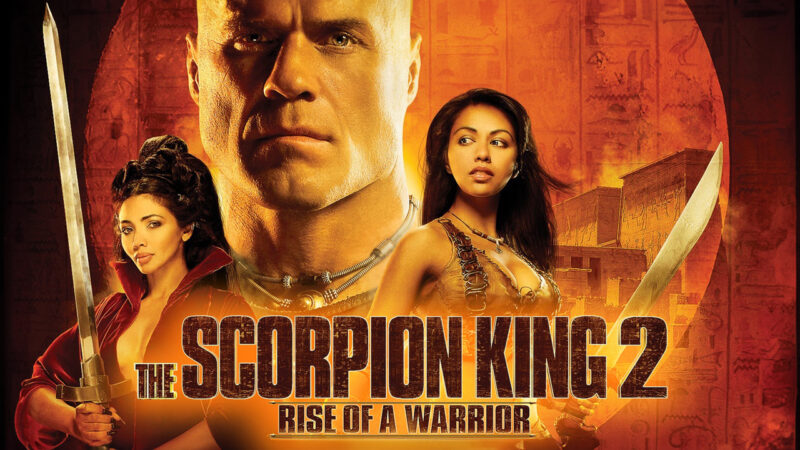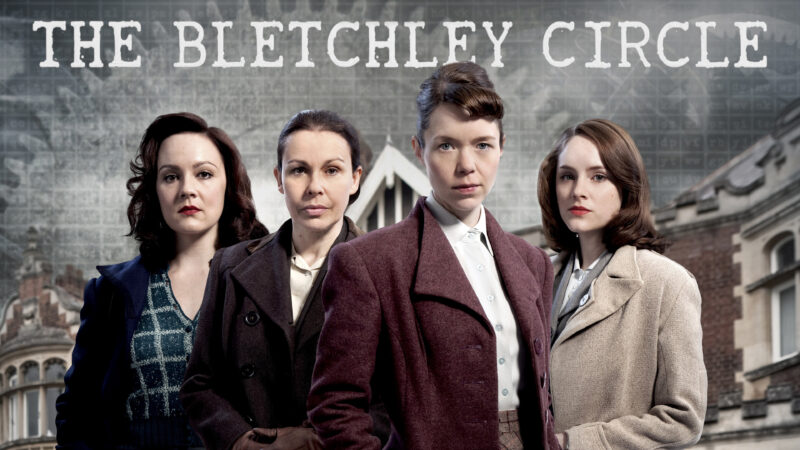🎬🎬 The Keeping Room (2014)
The Keeping Room (2014): A Haunting Tale of Survival and Resilience

Introduction
In the waning days of the American Civil War, a time of chaos and desolation, The Keeping Room (2014) emerges as a gripping historical thriller that redefines the Western and war film genres. Directed by Daniel Barber and written by Julia Hart, this understated yet powerful film centers on three women—Augusta (Brit Marling), her younger sister Louise (Hailee Steinfeld), and their enslaved companion Mad (Muna Otaru)—as they fight to protect their isolated Southern farm from two rogue Union soldiers. With its haunting cinematography, intense atmosphere, and unflinching exploration of survival, gender roles, and resilience, The Keeping Room delivers a unique and thought-provoking cinematic experience that lingers long after the credits roll.
A Brutal Setting in a Fractured World

Set in 1865, as the American Civil War draws to a close, The Keeping Room captures a nation torn apart by conflict. The story unfolds on a remote farm in the South, where the absence of men—either killed or fighting in the war—has left Augusta, Louise, and Mad to fend for themselves. The film’s backdrop is a stark, desolate landscape, reflecting the emotional and physical toll of a war that has upended societal norms. This setting, coupled with the constant threat of violence, creates a suffocating sense of dread that permeates every frame.
Unlike traditional Westerns or war films that often center on male heroism, The Keeping Room shifts the focus to the women left behind, offering a fresh perspective on a familiar historical period. The film’s feminist lens highlights the strength and vulnerability of its protagonists, who must navigate a world where survival demands both courage and cunning.
A Story of Defiance and Unity

The narrative follows Augusta, a steely and resourceful woman played with quiet intensity by Brit Marling, as she takes on the role of protector for her younger sister Louise (Hailee Steinfeld) and Mad (Muna Otaru), an enslaved woman who shares their struggle. The trio’s fragile existence is shattered when two drunken Union soldiers—renegades detached from their unit—target their farm, driven by a lust for destruction and violence. As the soldiers close in, the women are forced to band together, transforming their home into a battleground where they must fight for their lives.
The film’s tension lies in its slow-burn pacing, which builds an almost unbearable sense of anticipation as the threat looms closer. Augusta, Louise, and Mad each bring distinct strengths to their fight for survival: Augusta’s fierce determination, Louise’s youthful defiance, and Mad’s quiet resilience. Their dynamic challenges traditional gender roles and racial hierarchies, as the women forge an alliance born of necessity and mutual respect. Through their struggle, The Keeping Room explores themes of empowerment, solidarity, and the cost of survival in a world warped by war.
Stellar Performances and Cinematic Craft
The strength of The Keeping Room lies in its exceptional performances. Brit Marling delivers a commanding turn as Augusta, embodying both vulnerability and unyielding resolve as she steps into the role of protector. Hailee Steinfeld, only 17 at the time, brings raw emotion to Louise, capturing the character’s transition from innocence to hardened survivor. Muna Otaru’s portrayal of Mad is equally compelling, conveying a quiet strength and dignity that underscores the film’s commentary on race and resilience. The chemistry among the three actresses creates a believable and emotionally resonant bond, anchoring the film’s intense narrative.

Director Daniel Barber, known for Harry Brown (2009), crafts an atmosphere of unrelenting tension, using sparse dialogue and haunting visuals to immerse viewers in the women’s plight. Cinematographer Martin Ruhe’s work is a standout, with muted, earthy tones and stark landscapes that evoke the desolation of the Civil War’s final days. The film’s score, composed by Mearl, complements the visuals with an eerie, minimalist soundscape that heightens the sense of impending danger.
A Fresh Take on Genre
The Keeping Room defies genre conventions, blending elements of Western, war, and feminist thriller. Unlike traditional Westerns that glorify gunfights and male bravado, this film focuses on the domestic sphere and the women who inhabit it, offering a subversive take on a male-dominated genre. Its exploration of gender roles—particularly how war forces women to redefine strength and survival—feels both timeless and timely. The film also confronts the racial dynamics of the era, with Mad’s character providing a poignant perspective on slavery and agency in a time of upheaval.
While the film’s pacing may feel deliberate to some, its slow build serves to deepen the emotional weight of the characters’ choices and the violence that erupts. Critics praised The Keeping Room for its bold vision, with Variety calling it “a tense, feminist spin on the Western” and The Hollywood Reporter lauding its “powerful performances and haunting atmosphere.” Though it grossed only $27,000 in limited theatrical release, the film found a second life on streaming platforms, earning a cult following for its unique perspective and emotional depth.
Why The Keeping Room Resonates

The Keeping Room stands out for its unflinching portrayal of women navigating a world where societal norms have collapsed. Its themes of resilience and resistance resonate in any era, but they feel particularly poignant in discussions of gender and power dynamics today. The film’s focus on three women of different backgrounds—united by circumstance—offers a universal story of survival that transcends its historical setting. By placing women at the center of a war-torn narrative, The Keeping Room challenges viewers to reconsider who gets to be the hero in stories of conflict.
The film also serves as a reminder of the human cost of war, particularly for those left on the margins. Augusta, Louise, and Mad are not soldiers or generals, but their fight for survival is no less heroic. Their story is a testament to the strength found in unity and the courage required to stand against overwhelming odds.
Conclusion
The Keeping Room (2014) is a haunting and powerful film that reimagines the Western and war genres through a feminist lens. With standout performances from Brit Marling, Hailee Steinfeld, and Muna Otaru, coupled with Daniel Barber’s taut direction and Martin Ruhe’s evocative cinematography, the film delivers a gripping tale of survival and resilience. Its exploration of gender, race, and solidarity in the face of violence makes it a thought-provoking and timeless addition to the canon of historical thrillers. Available on streaming platforms like Amazon Prime and Tubi, The Keeping Room is a must-watch for fans of character-driven drama and genre-defying storytelling. Prepare to be captivated by a story of courage in the face of chaos.





